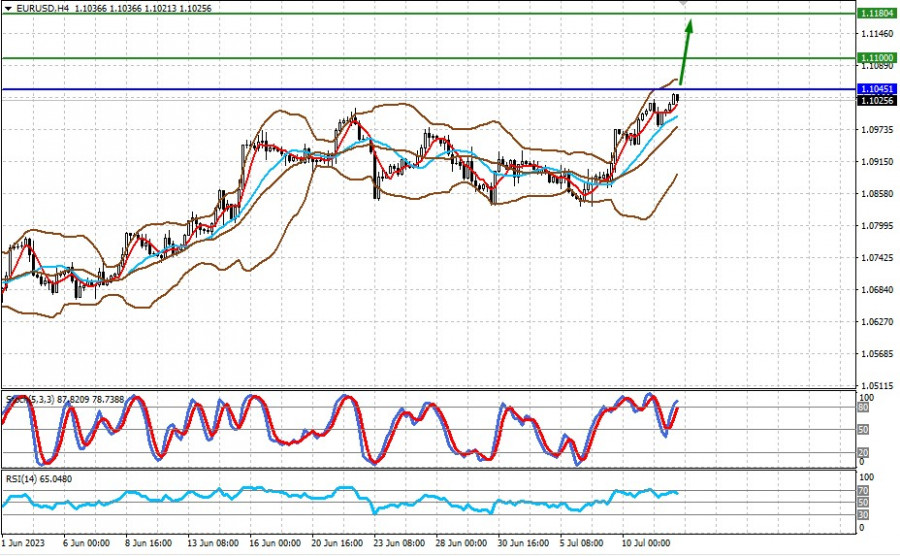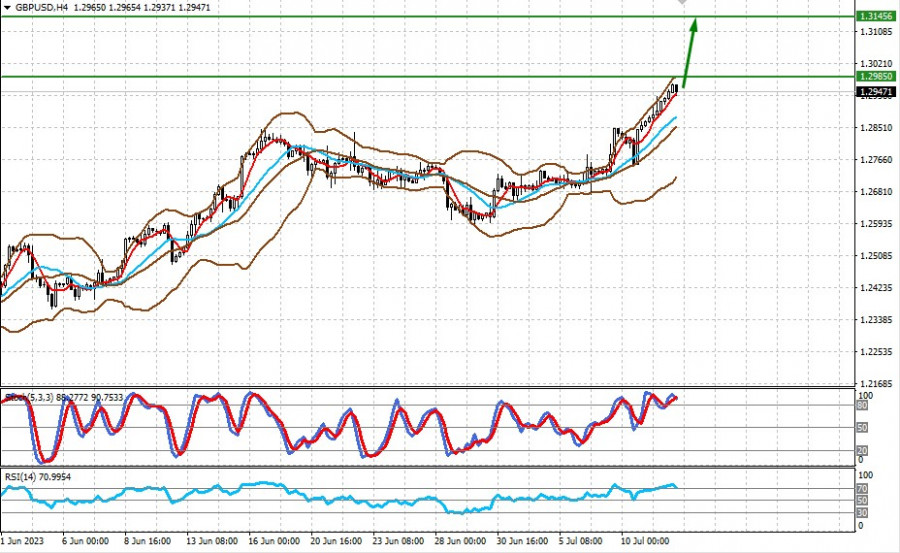
The Reserve Bank of New Zealand kept its key interest rate unchanged at 5.50%, most likely because it wants to maintain the balance of interest rates and inflation not only within the country, but also in comparison with the Federal Reserve, which for now has taken a break from raising interest rates in anticipation of fresh inflation data in the US.
Incidentally, the Reserve Bank of Australia held the same position, keeping the main interest rate at 4.10% instead of increasing it by 0.25%. It had the same reasons for the same decision.
Both the UK and the eurozone see persistently high inflation, with the former maintaining an annual growth rate of 8.70% in consumer inflation, which served as basis for the Bank of England to hike the rate immediately by 0.50% against the expected 0.25%. In the eurozone, inflation fell from 6.10% to 5.50%, but the value remains quite high and above the target level of 2.0%.
Unsurprisingly, the heads of Bank of England and European Central Bank spoke of the need for further interest rate hikes. However, as in the case of the Federal Reserve, they will stop raising interest rates, or at least pause their increase, if inflation continues to decrease. But this will depend on the actions of monetary authorities because if they stand firm and do not expand spending, then inflation will quickly fall to target values.
On the downside, the military conflict in Ukraine continues, and this will likely lead to large expenditures both in the UK and the eurozone. As such, the likelihood of a vigorous fall in inflation may drop, which will be the reason for new rate hikes.
Accordingly, risk appetite will increase, leading to a rise in EUR/USD and GBP/USD. Other currencies may consolidate, until it becomes clear that the Federal Reserve will end its cycle of interest rate increases.
Forecasts for today:


EUR/USD
The pair continues to rise towards 1.1100. It may hit 1.1180 if US inflation data shows another significant decrease, as dollar demand will likely fall in such a situation.
GBP/USD
Further growth may be seen if US inflation data shows a decrease. Pound will likely move towards 1.2985, and then rise to 1.3145.